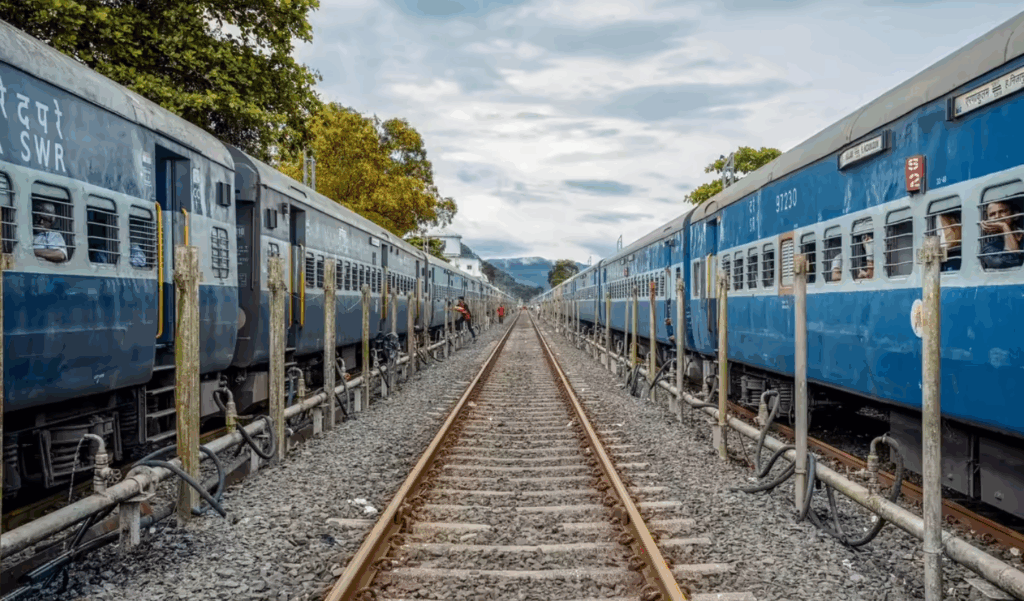As a part of the second phase of the National Monetisation Pipeline (NMP 2.0), the Ministry of Railways appears to be embarking on its largest private-investment drive by monetising assets worth ₹2.5 trillion over five years.

Indian Railways Targeting Rs 2.5 Trillion By Monetization
This is going to be the largest private-investment drive as the Ministry of Railways has planned to monetise assets worth ₹2.5 trillion over five years.
With this initiative, Indian Railways aim to achieve this target through public-private partnership (PPP) models and a multi-asset approach, focusing on revenue-generating operational assets with private sector participation.
This initiative seems to be part of a broader ₹10 trillion pipeline strategy as announced by the Finance Minister who is intended to last until 2029-30.
What About The Monetisation Strategies?
Under the monetising strategy, they have a plan that includes monetising the Gati Shakti Cargo Terminals and introducing new freight trains through private funding, with proceeds expected from station redevelopment and commercial development around stations.
They have introduced the high-value land parcels which are targeted for monetisation for commercial and residential projects, including areas like Salt Golah in Kolkata and Sewa Nagar-Lodhi Colony in Delhi.
The railways have revised their monetization targets which was initially at ₹1.7 trillion until FY30 but now it has been increased to ₹2.5 trillion, marking a nearly 50% hike.
The previous target was ₹1.52 trillion by FY25 under the first NMP released in 2021 which was revised over time to ₹1 trillion.
Moving ahead considering the future proposals, they have already commenced the discussions on monetising the ₹1.24 trillion eastern and western freight corridors.
So far, the ministry has not confirmed any proposals.
They are also considering the private sector interest as the experts emphasize the importance of private-sector interest and appropriate risk-allocation frameworks for successful monetisation.
With this monetisation drive, they aim to leverage private-sector investments to enhance railway infrastructure and operations.
they need to consider the key factors being private-sector interest and government expectations of monetisation value.

